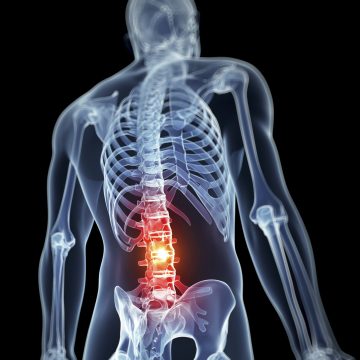A research team has recently developed a new robotic trunk to assist people suffering from spinal cord injuries (SCI).
The new robotic trunk would help patients to sit more comfortably without losing their balance. It would also help them to maintain their posture without using hands to support their back. The team headed by an Indian scientist from Columbia Engineering have named it as ‘Trunk-Support Trainer (TruST)’.
The newly developed robotic trunk is a motorized-cable driven belt that is placed on the user’s torso. It determines the postural control limits and sitting workspace area in patients with spinal cord injuries.
The team head, Sunil Agrawal said, “We designed TruST for people with SCIs who are typically wheelchair users.” According to him, TruST prevents patients from falling and also maximizes trunk movements beyond their postural control, or balance limits. Mr. Sunil Agrawal is a professor of mechanical engineering and rehabilitation and regenerative medicine.
The study procedure
Five patients were examined with the Postural Star-Sitting Test during the study. The patients followed a ball with their heads and move their trunk as distant as possible not using their hands. After repeating it in eight directions, the researchers calculated the sitting workspace of each person.
The researchers made robotic devices for each person to apply personalized assistive force fields on the torso. While performing the same test again, subjects could move further using TruST in all the eight directions. They were also able to increase the sitting workspace around their bodies by 25% on an average.
Mr. Agrawal said, “This force field will be adjusted to the needs of the participants over time as they improve their workspace and posture control”. His team is now working to explore the use of TruST to within a training paradigm to improve the trunk control of adults and children with SCI.

